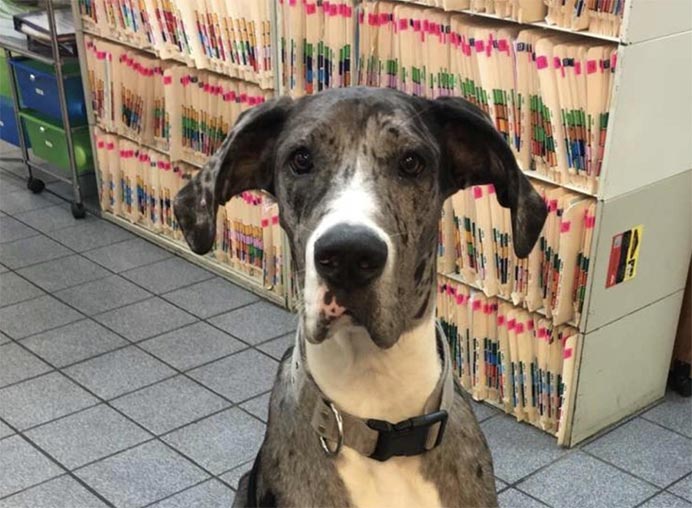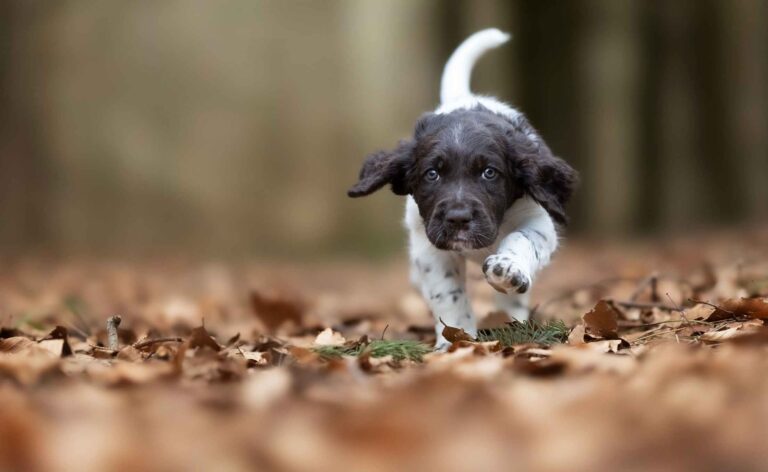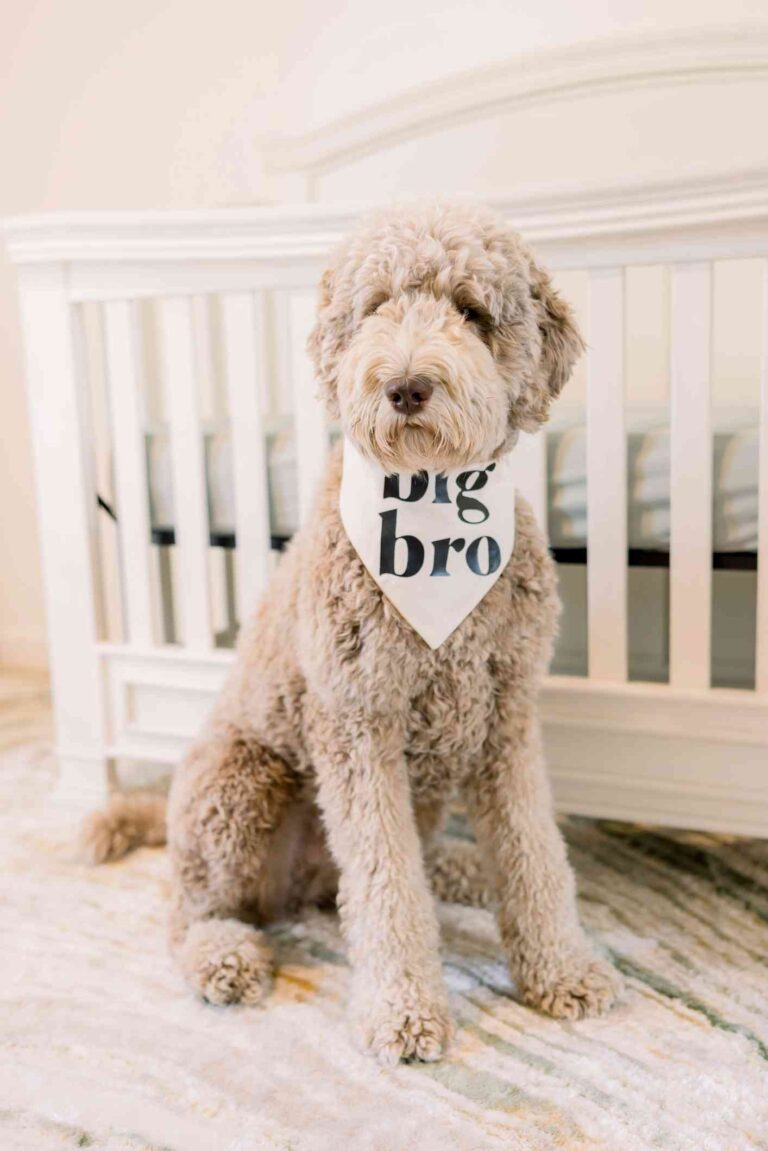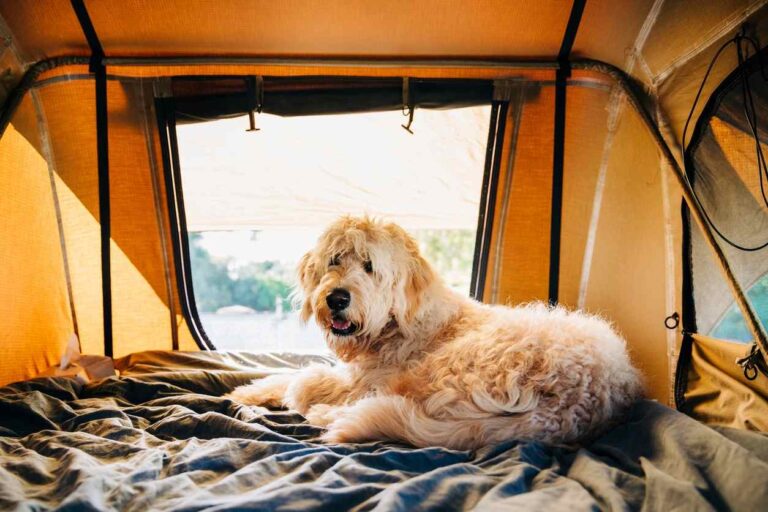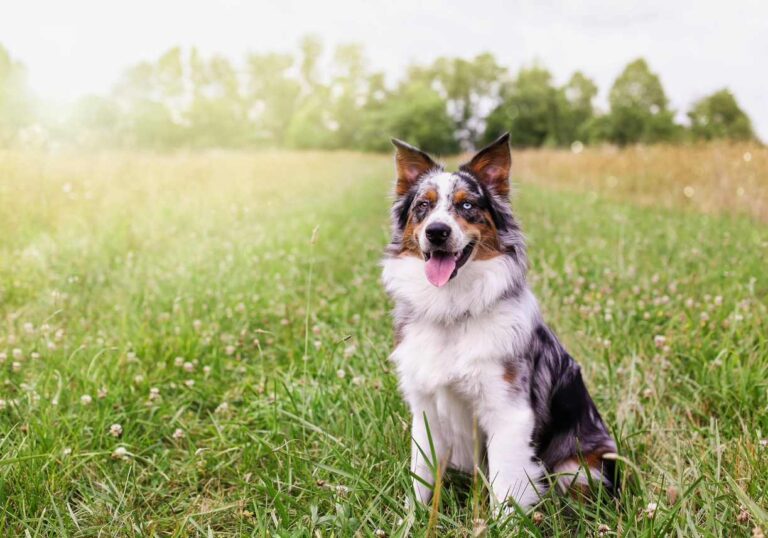Who doesn’t love the doctor? Well…everyone. From your puppy’s perspective, the vet or the groomer could easily be a new, scary place where some stranger in a white coat or scrubs takes you away from your parents to be poked and prodded, nails cut, ears and mouth looked into, and more! We completely understand that it can be stressful for both puppies and their owners. We love our dogs, and us humans know this is an important aspect of keeping them healthy! But we can’t explain that to them. So what can be done? Well, it turns out quite a lot! It all starts with prevention and exercises from the day your puppy comes home.
Why are preventative exercises so important? Won’t my puppy just grow out of it?
From a veterinarian or groomer’s perspective, a puppy or dog that cannot physically remain still and relaxed could make it difficult, and potentially even limit the professional’s ability to help your puppy. For your vet, this could lead to uncertain diagnoses, improper administration of medications, and a potential danger for both the veterinary staff or your puppy. Veterinarians could then have to utilize less desirable means of restraint such as muzzles, tranquilizers, or even anesthesia just for routine examination. This can not only make a routine procedure much more risky, but also much more aversive to the puppy (not to mention more expensive for you as the owner). As for the groomers, some breed’s require monthly and even weekly grooming maintenance to keep up with their coats, nails, and overall hygiene. Although it can seem like “just a haircut”, being able to safely trim your puppy’s nails, brush, trim and shave their fur, and clean their ears can help to prevent skin, nail and ear infections and avoid medical intervention in the future.
So how do we best prevent all of this?
Our ultimate goal here is to pair events and activities similar to visiting the vet or groomer such as pressure applied on the paws and nails, opening up their mouth, looking in their ears, and light physical restraint and body handling with something positive. Over time, those events become less aversive! These exercises are extremely impactful and imperative to your puppy’s development from the day they come home. Let’s start with a form of touch therapy we call body handling.
Body Handling
Body handling is an exercise in which we build a positive association with being touched and handled by pairing those touches with something super positive, a treat!
- If you can, start with your back up against a wall or couch, and place your puppy on their back between your legs. If you can’t flip them over, you can practice this with them sitting or standing in front of you.
- Reach for one spot of their body, let’s start with their front paw. As soon as you reach for their paw and apply pressure, bridge “good” and feed. It’s important to remember you will feed regardless if they pull away or not. Feed every time you touch them.
- Start with 3 repetitions on the same spot. If your puppy is relaxed and remaining still, you can move on to another spot. Specific attention should be paid to the mouth, eyes, ears, collar, undercarriage, feet (both front and back), and hindquarters/tail.
- If your puppy begins to show any signs of uncomfortability such as mouthing your hand, squirming around, or avoiding the reach, you will need to increase how often you are feeding and decrease your intensity just a little before getting more invasive again.
- If your puppy isn’t eating, try using something even more tasty like chicken, cheese, or deli meat.
- Practice for 5 minutes every day, and always end on a successful trial.
While body handling does a great job of working on positive associations of touch, socialization is equally as important to get your puppy accustomed to new environments and people.
Socialization
Socialization is the process of exposing your puppy to novel stimuli (people, dogs, places, etc.) in order for them to become acclimated to all the different types of sights, sounds, and smells. By exposing them to these new stimuli in a positive manner, this teaches your dog that new things are out there, but there is no reason to be afraid of them. Socialization is a time sensitive process. A puppy’s prime socialization period falls between 3-12 weeks, and sometimes extends up to 16 weeks of age. Exposing your puppy to new environments and stimuli during that age is a crucial part of their development. We recommend 3-5 new locations per week and 30-40 new people per week. To best develop your puppy’s socialization skills in a veterinary and grooming context, take them to similar places, and allow others, as long as safe, to hold, pet, and feed your puppy treats! If you take your puppy in public and they are engaging in fearful behaviors, praise them and try to deliver treats during the “scary” event. Try to end as best you can on a positive note.
If you’d like to learn more details on treatment and safety for socialization in puppies, check out our YouTube vlog, led by our CFO, Sean Savage, CDBC, CPDT-KA here. If you’d prefer to read, we’ve also linked our “What does Socialization actually mean” blog here.
Feeling more prepared?
We sure hope so! The key to all of this is take it slow and be consistent. Don’t just do these exercises once, we encourage you to practice with them regularly. Practice body handling at home with the kids while watching a movie. Take your puppy with you to the outside world following our safety recommendations. And when you do visit the groomer or the vet clinic, keep the rewards, treats, praise and fun HIGH! If you suspect your puppy is ever acting uneasy, don’t be afraid to take a step back. And if you ever see any escalations of fearful behavior or aggression while working on body handling or taking your puppy in public, please reach out to a professional. We have a team ready to help here.
